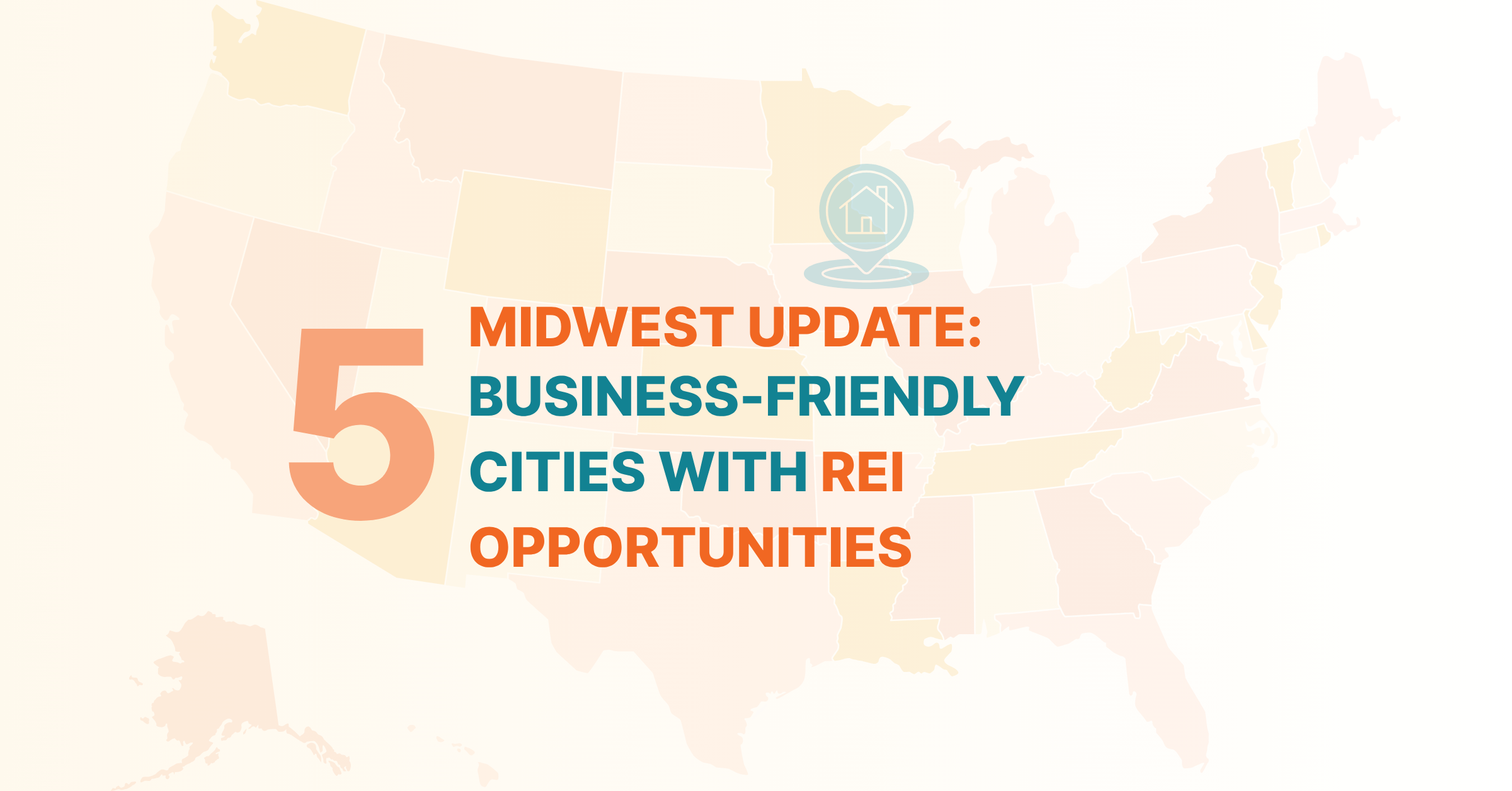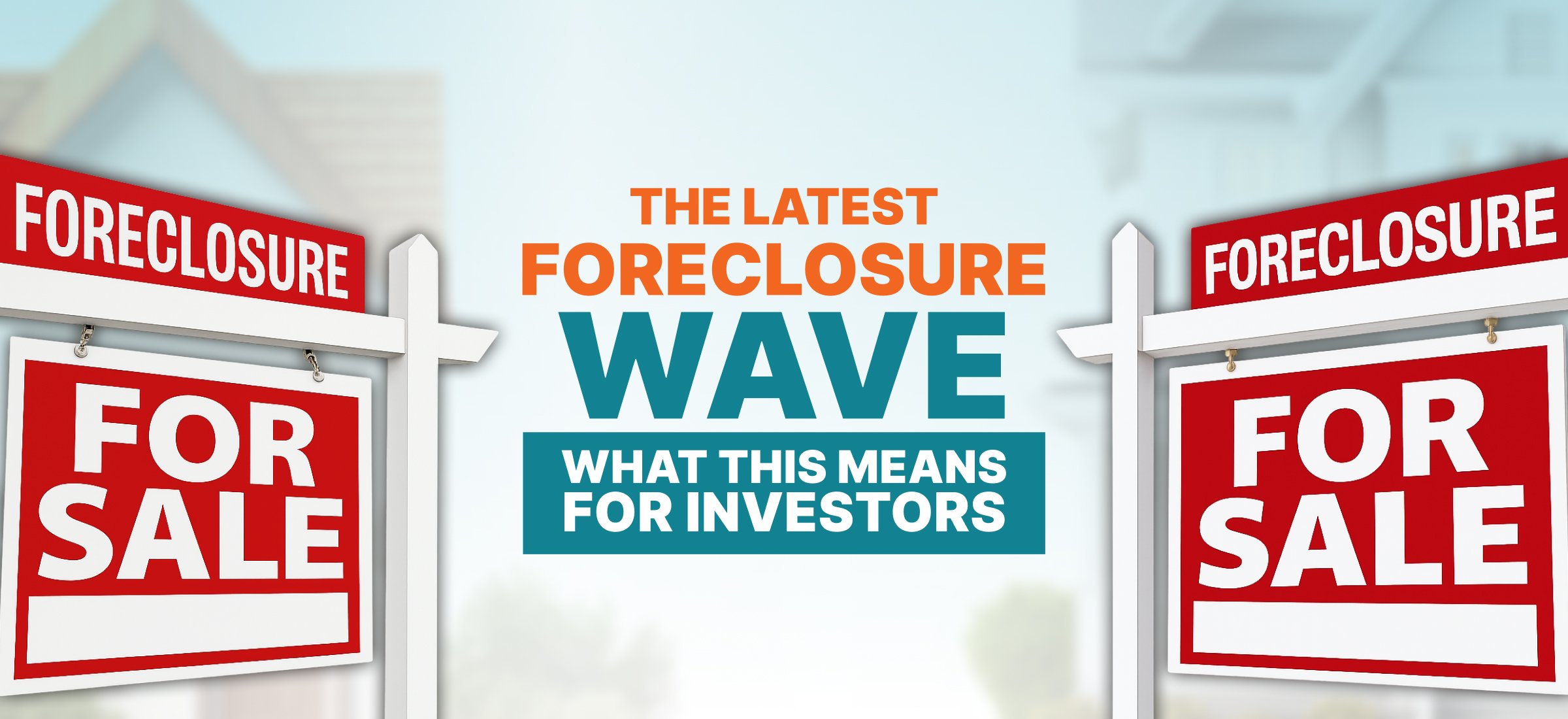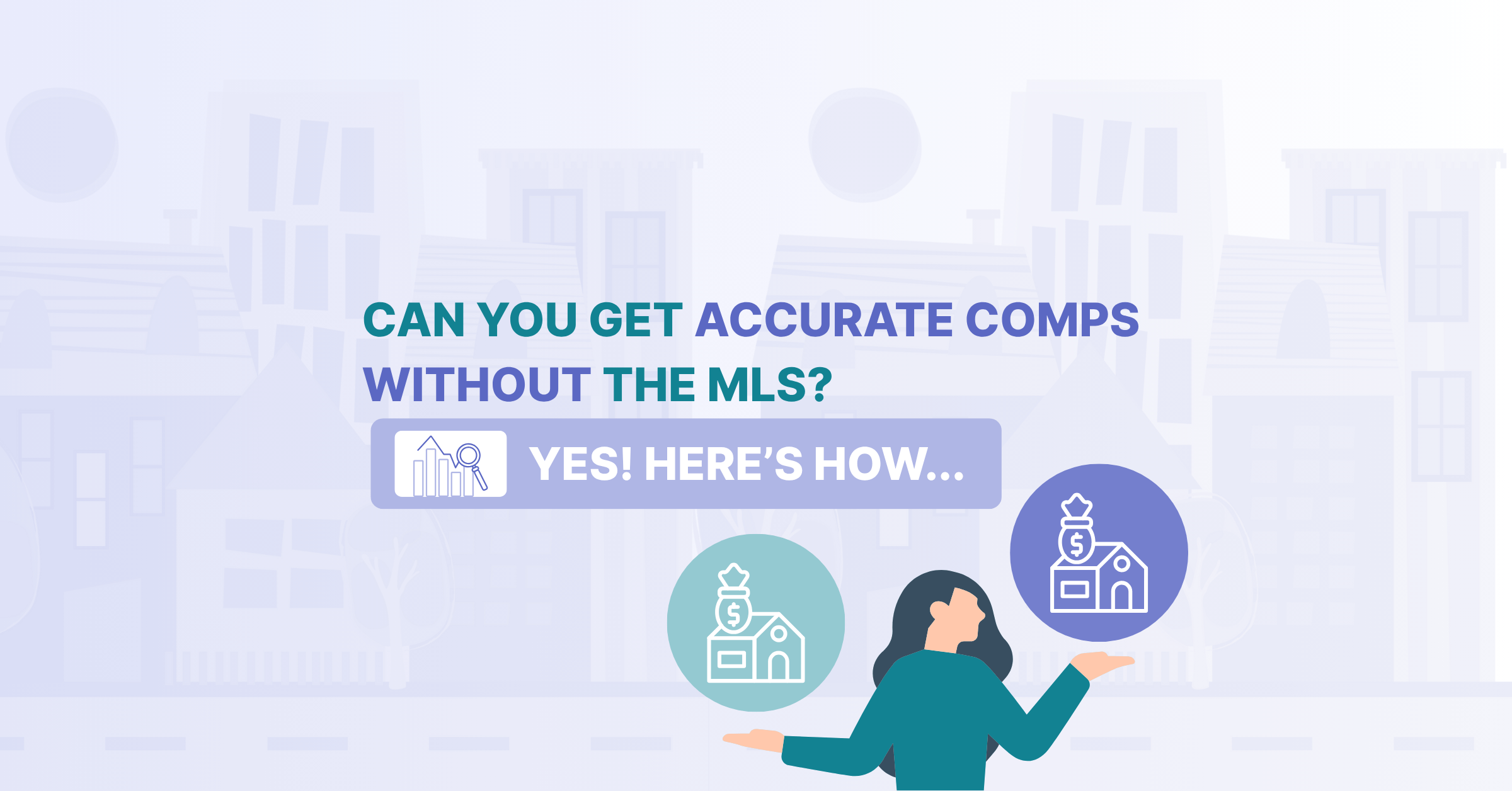Disclaimer: PropStream doesn’t offer investing advice. We highly recommend consulting licensed professionals before investing in real estate with negative carry.
| Key Takeaways: |
|
Imagine willingly investing in a property that costs more to maintain than it earns—this is called negative carry.
Though it requires taking on initial losses, negative carry may be profitable in the long run. Read on to learn how negative carry applies to real estate and why it could be a good long-term investing strategy in some situations.
Table of Contents
- What Is Negative Carry in Real Estate?
- Potential Reasons to Accept Negative Carry
- Potential Risks of Negative Carry
- 7 Tips for Investing with Negative Carry
- Use PropStream to Find Hidden Investment Opportunities
What Is Negative Carry in Real Estate?
Negative carry is when the cost of holding an investment exceeds the income it generates in the short term—i.e., it’s losing money. While this is typically undesirable, it can be a strategic move if you expect a significant long-term payoff.
Of course, other factors may inform whether this would be a good investment (e.g., the time value of money). However, the basic principle stands: though negative carry requires taking on initial losses, it can be profitable in the long run (if you strategize effectively).
Potential Reasons to Accept Negative Carry
Besides long-term capital appreciation, there are other potential reasons to accept negative carry.
For example, negative carry can lead to tax benefits, such as deducting mortgage interest, property taxes, or depreciation—all of which can reduce your taxable income and enhance your long-term returns.
Note: Research your local tax laws to know what tax breaks to expect.
Alternatively, you might accept initial negative carry, expecting property improvements or increased demand to raise rents and eventually achieve positive carry. Similarly, you might expect mortgage rates to fall soon, lowering your financing costs and improving your cash flow.
There are many instances when negative carry can make sense. It all depends on the deal assumptions and taking a holistic view of the investment.
Potential Risks of Negative Carry
That’s not to say negative carry is without risks. Here are some potential risks to watch:
Eroding capital. If negative carry persists, it can gradually deplete your cash reserves and erode your capital. In worst-case scenarios, this could lead to financial strain and even insolvency.
Market fluctuations. Though property values and rents tend to rise over time, they can sometimes fall. This could exacerbate the negative carry, leading to prolonged losses and lower-than-expected returns.
Interest rate increases. If interest rates rise, it could increase your borrowing costs and amplify losses from negative carry.
Related: How Do Mortgage Rates Impact Buyer Activity?
Liquidity risk. Real estate is relatively illiquid, meaning it’s harder to buy and sell. Negative carry (and a down market especially) could make selling it at a favorable price even harder, limiting your exit strategies.
Unexpected expenses. Properties can incur unforeseen costs, such as major repairs, maintenance issues, or legal fees, which can hurt an investment’s overall profitability.
7 Tips for Investing with Negative Carry
Now that you know the potential benefits and risks of investing in real estate with negative carry, here are some tips to maximize its chances of success:
- Conduct thorough market research. Due diligence is vital for any real estate deal, but especially for those involving negative carry. Carefully study expected property appreciation rates, rental income potential, and other economic factors that could impact future growth.
- Analyze cash flow projections. Pulling off a successful negative carry deal requires a clear understanding of projected cash flow. Estimate future cash flow by adding up mortgage payments, property taxes, home insurance, maintenance costs, and other ongoing landlord expenses. Then, subtract them from your expected rental income.
- Set conservative estimates. When running the numbers on a potential negative carry deal, use conservative estimates. That way, you can have some financial cushion should the investment perform worse than expected.
- Maintain ample reserves. Ensure you have sufficient savings to cover the initial negative cash flow. Err on the side of caution so you can weather unexpected costs and prolonged periods of negative carry.
- Monitor interest rates. Mortgage rates can significantly impact the viability of an investment. If rates are expected to fall, this could lower borrowing costs and negative carry by extension. Conversely, if rates are expected to rise, this could increase borrowing costs and be a deal breaker.
- Consult professionals. Negative carry deals can be complex. Consider consulting financial, legal, and tax experts who can help you make an informed decision and avoid costly mistakes.
- Set realistic expectations. Turning a negative carry deal into a profitable investment can take time. Be patient and prepare clear exit strategies in case the deal doesn’t perform as expected.
Use PropStream to Find Hidden Investment Opportunities
Negative carry deals can be hard to identify. For one, their negative cash flow makes them look like poor investments on the surface. Furthermore, determining their long-term profitability can take considerable analysis.
Enter PropStream. Our database of over 155 million properties nationwide with hundreds of search filters makes it easy to study the market, run comps, and ultimately determine a rough potential ROI to guide your decision-making.
Try PropStream for 7 Days FREE!
Find more property leads in less time—PropStream It! Enjoy 50 free leads by activating your trial today.
Frequently Asked Questions (FAQs)
What is negative carry?
Negative carry occurs when the cost of holding an investment exceeds the income it generates. In real estate, this often means property expenses exceed rental income.
Why would someone choose a negative carry investment?
Investors might accept negative carry for potential long-term gains, such as property appreciation, tax benefits, or anticipated increases in rental income.
What are the risks associated with negative carry?
Risks include eroding capital, market fluctuations, interest rate increases, liquidity challenges, and unexpected expenses—all of which can exacerbate financial losses and lower overall profitability.
How do I determine if a negative carry investment is worth it?
Conduct thorough market research, analyze cash flow projections, set conservative estimates, and consult with financial, legal, and tax professionals.
How long should I hold onto a negative carry deal if it’s not performing as expected?
It depends. Be prepared for a long-term commitment. However, if the investment underperforms and you’ve exhausted options for improving it via refinancing, increasing rental income, and cutting costs, then it may be time to exit.
What’s the biggest mistake beginner investors make with negative carry?
The biggest mistakes beginner investors make with negative carry include overestimating potential appreciation, failing to account for unexpected expenses, and not maintaining sufficient cash reserves to cover ongoing losses.
Subscribe to PropStream's Newsletter



